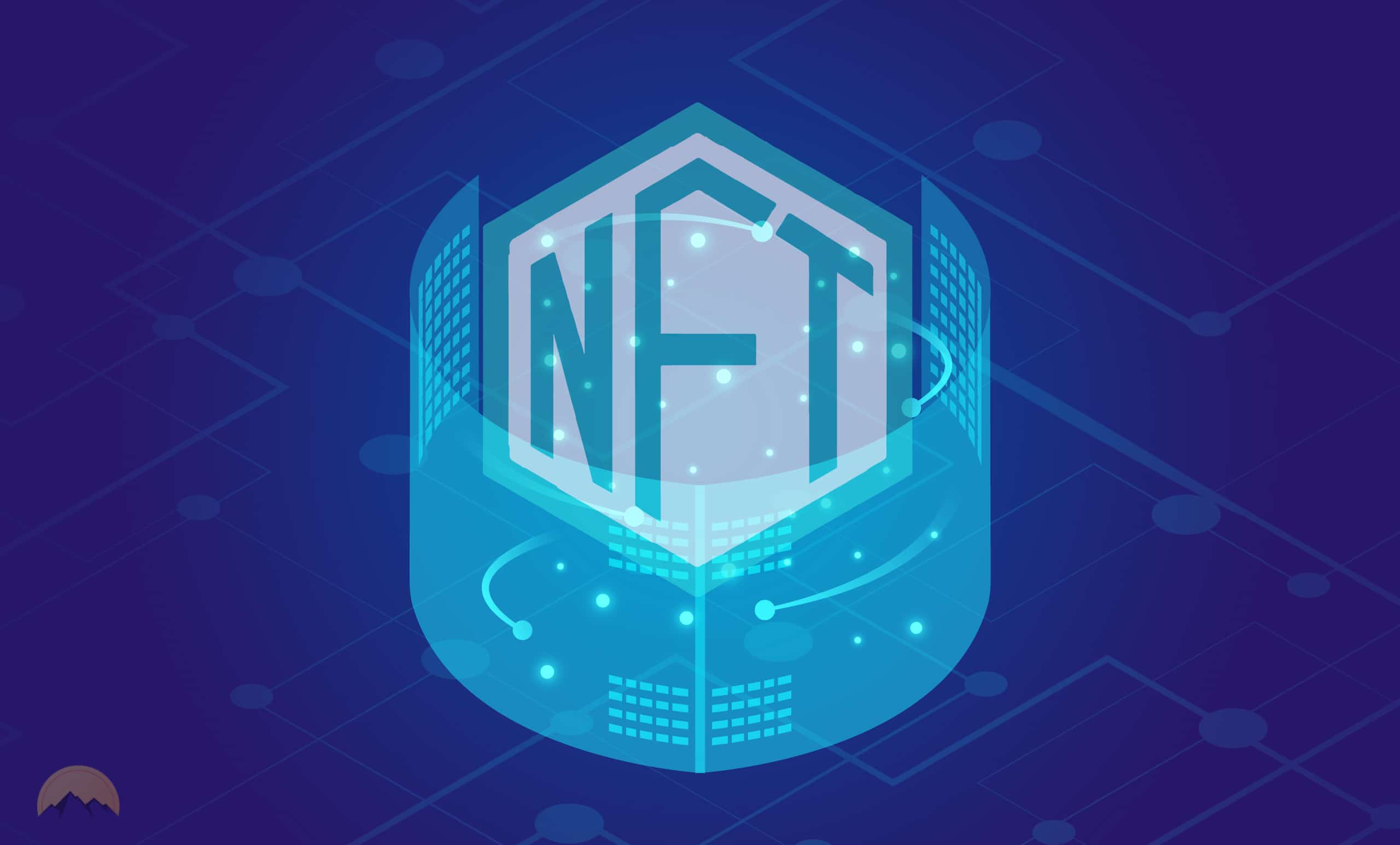

Not a single NFT token out there can be replicated, and as such, each of them has its own unique properties associated with them. This is due to the fact that all of the data within these NFTs is stored within the blockchain network they are initially minted on, and what this means is that nobody can actually destroy them or remove the original owner’s ownership from them.
#Non fungible tokens verification#
They are non-interoperable, indivisible, indestructible, and tokens that can easily and always be available for verification within the blockchain network. They were launched initially on the Ethereum blockchain and were based on the ERC-721 token standard however, over time made their way to other blockchain networks as well. NFTs can also be used to represent tangible and intangible items. NFTs are not like this due to the fact that each of them has its own unique property associated with them, which differs in value. These tokens or currencies are interchangeable, as they hold equal value. dollar bill will always have equal worth to 1 other 10 U.S. For example, 1 BTC will always be equal in value to 1 other BTC, or in a real-world case, a 10 U.S. To make this a bit clearer to understand for someone who’s just learning a bit about this topic, here is the perfect real-world example.Ī fungible token is a token that always has an equal value to another token. Non-Fungible Tokens (NFTs) are cryptocurrency assets that are essentially indivisible as well as unique in their own way.

8 The Future of Play-To-Earn (P2E) Titles The Case for Non-Fungible Tokens (NFTs)


 0 kommentar(er)
0 kommentar(er)
